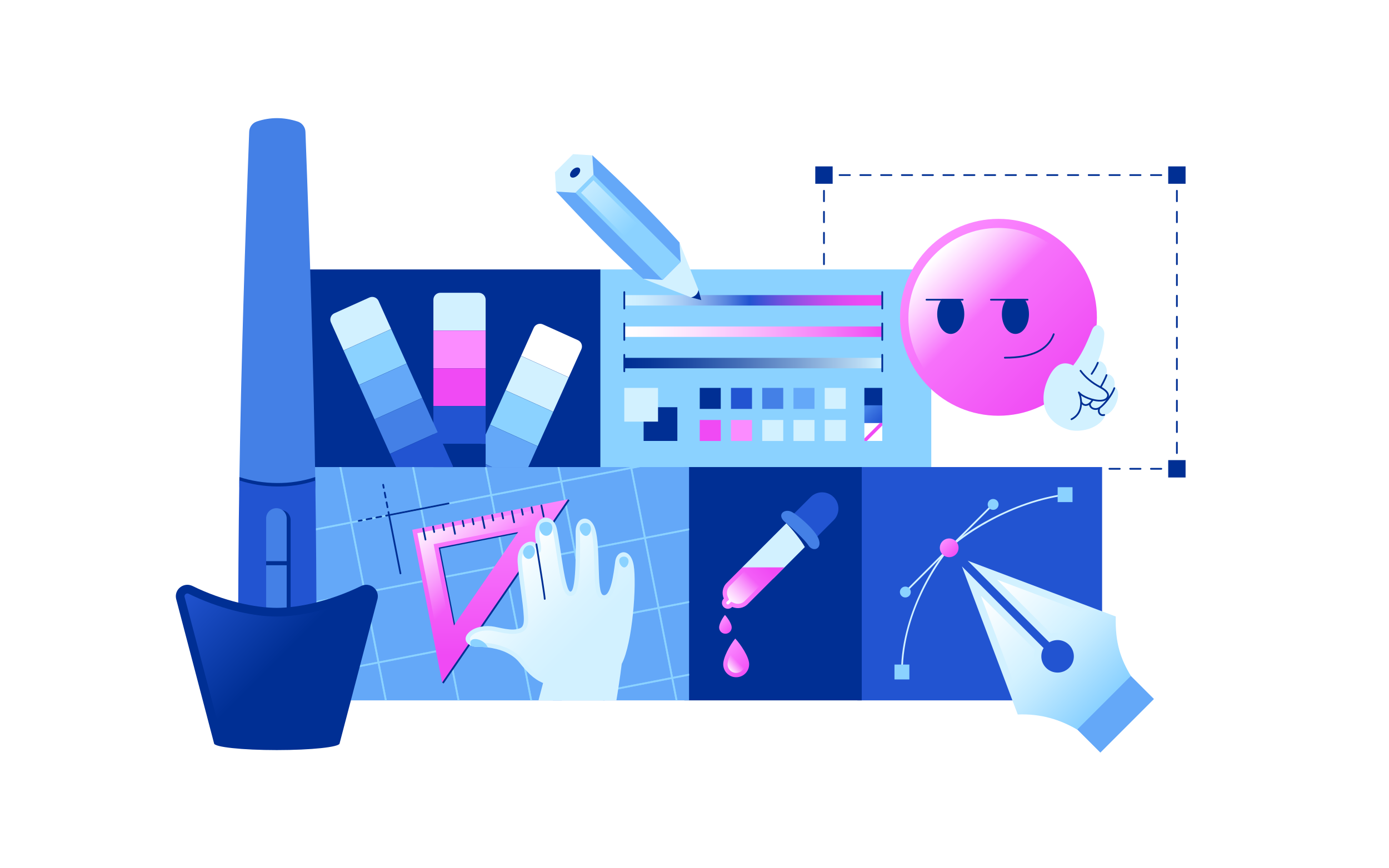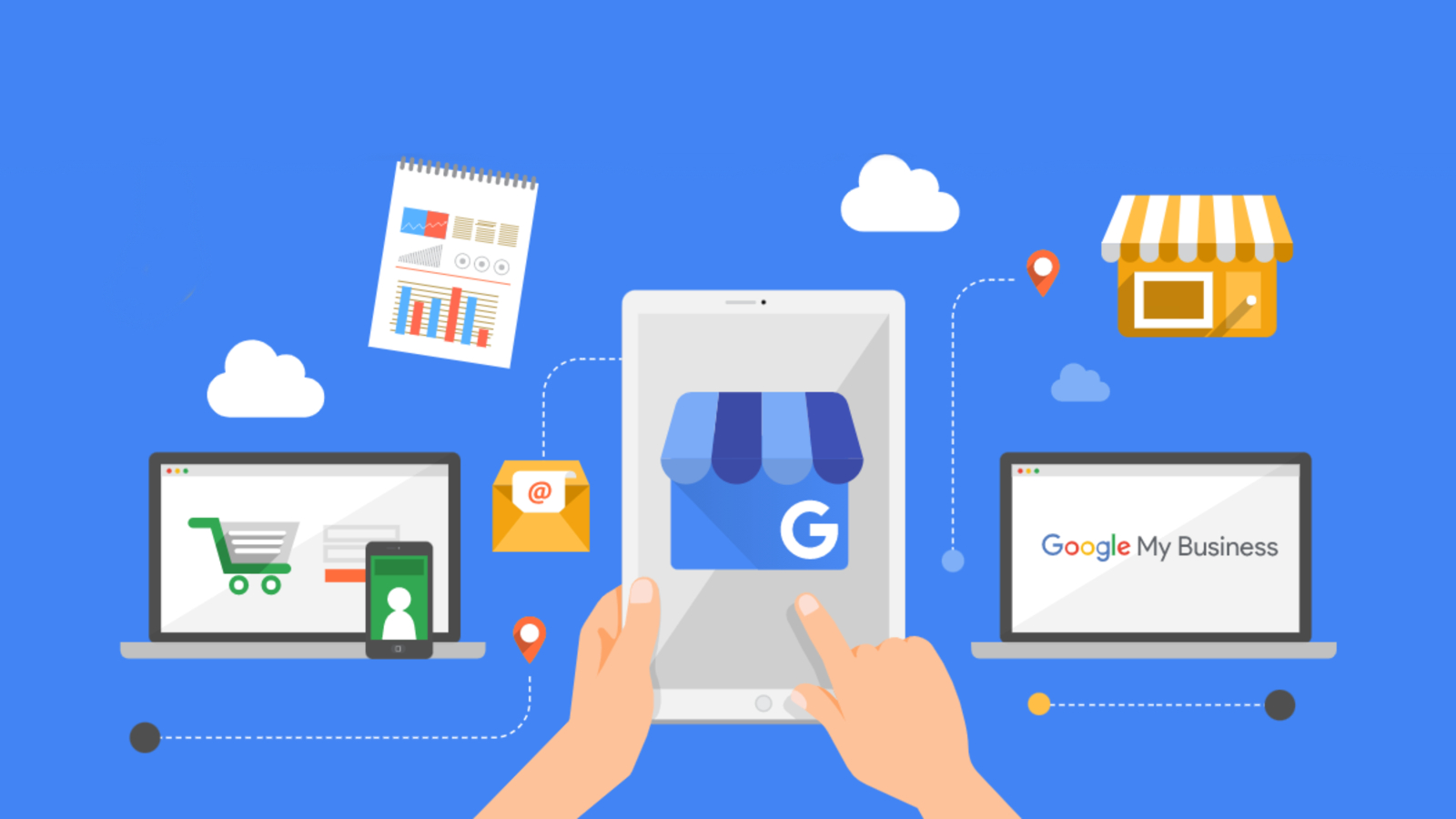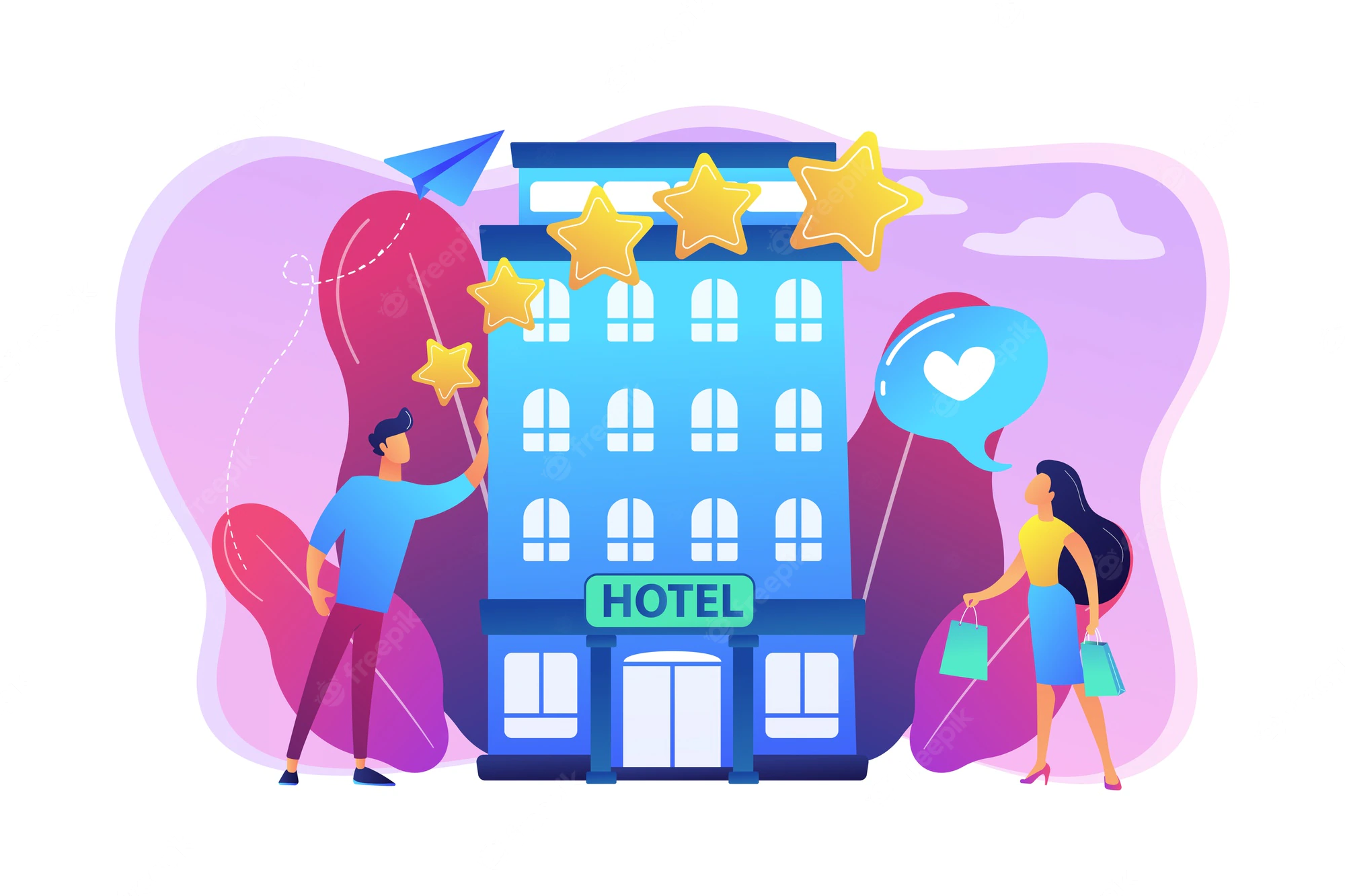Have you been wondering if you need a new website? Perhaps it isn’t loading fast enough, or maybe it has a messy interface. Such a design would’ve worked in the 2000s but definitely not in 2022 as the world progresses further into the digital era. As a business owner, a good website is vital for the success of any brand.
Use this checklist to help you decide if you should consider getting a new website made.
Confusing website navigation
If your website has too many sections in the navigation bar, making it harder for users to learn about your services or products, that means it’s time for an upgrade. Inaccessible content, unclear section hierarchy, and a lack of calls to action lead to a negative user experience (UX). Your website should be designed in such a manner that the user instinctively knows where to click to procure specific information for smooth and seamless navigation and an overall positive experience.
Outdated aesthetics
Like it or not, users are attracted to websites that are visually appealing and modern. Loud colour schemes, flashy graphics, low-resolution photos, and typography that would’ve worked in the 2000s are major turn-offs for a large demographic. A poorly designed web page screams unprofessional and under-maintained. Looking at the websites of well-established businesses and the best performers in your sector can get you an idea of what you’re up against and what formula you should adopt for your own website.
Pages load too slowly
If your website takes more than a few seconds to load, it’s not a good look or a good experience. Most surfers will abandon your site if it buffers and takes comparatively longer to load web pages. You may have extremely great visuals and a lot of useful content on your site, but it will all be in vain if your site’s loading pace is poor. A few reasons as to why your website may not be loading quickly may be too many plugins, excessive redirects, unoptimised images, small font sizes, and too many resources. Google considers a site’s loading speed when evaluating where it should rank in its search engine, more reason for you to check your site speed and get it optimised accordingly.
Your website doesn’t reflect your brand
If your company’s products, services, and identity have developed over time, your website should reflect this. For customers, your website is a reflection of your company; a poorly designed website that does not match your brand may send a mixed message. When rebuilding your website, ensure it addresses your customers’ current demands rather than those from past years.
Site is unresponsive
A rising number of website visits are made up of mobile website traffic; if your site is not mobile-friendly, you will lose a lot of prospective clients. A responsive website is simple to browse and navigate on a number of screen sizes. It is best to have people who have never viewed your site before view it on their mobile or tablet and give a review of their experience. The process could be enlightening and help you make the right changes to your website.
Not getting enough traffic from Google
Search Engine Optimisation (SEO) is the process of optimising your website so that it places higher in Google’s page-ranking algorithm, while also carrying out actions away from your website, like link building (called off-site SEO). If your website isn’t generating enough traffic, you’ll need someone to keep an eye on your rankings, make the required improvements, and add relevant keywords to help you outrank your competition. The first step to growing your business is to make your website easier to find on Google
High bounce rates
The bounce rate of a website is defined as the proportion of visitors who only view the homepage before leaving. A high bounce rate (roughly 70-90 percent of website traffic) can be caused by outdated web design, unreadable content, slow loading times, and a confusing user experience. A brand-new design, on the other hand, may persuade readers to stay for longer.
Poor conversion rates
Because the goal of your website is to convert as many people as possible into clients, your conversion rate must be assessed. All of the factors listed in the previous points might contribute to low conversion rates. Using data-driven research to analyse all stats before rebuilding your website might be helpful.
Summary
Hopefully, this article has given you an idea of what needs to be addressed on your website, or you may opt to develop a new website altogether to engage more customers. Your website is a crucial asset to your company, and updating it every now and then will certainly be beneficial for your business. If you’re looking for a professional web design company to design a new website for you, don’t hesitate to get in touch.







